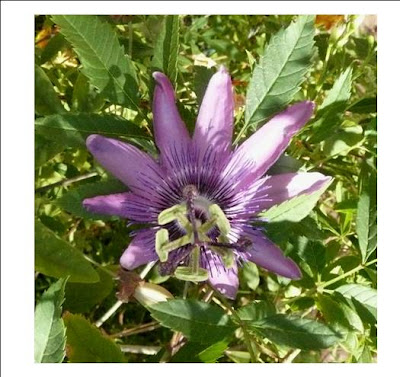

We have a new President.
On Jan 20, 2009 our 44th President, Barack Obama, was sworn in. After the ceremony invited guests had
lunch together. Because President Obama, and our 16th President, Abraham Lincoln, were Senators from the same state, (Illinois) the lunch had a theme - a tribute to history and Abe Lincoln. The recipes for the lunch were reported to be some of Mr. Lincoln's favorite foods.
Abe liked winter veggies like potatoes, sweet potatoes, carrots, onions, and beans.
Our school gardens have some of those same kinds of veggies growing in them right now!***Look for lettuce, spinach, peas, swiss chard, and squash at the
5th Annual MMES Farmer's Market Jan 28, 2009 (3-6pm) & 29th (1-3pm) in the school courtyard. Donations benefit the local food bank and MMES garden program.1. Can you think of 3 things Abraham Lincoln and President Obama have in common?
2. What are 3 differences between Mr. Lincoln and President Obama?
3. What is the capitol of Illinois?Search the Internet with your family to find recipes and perhaps even a cooking video of food served at the recent luncheon. (Great inspiration for our MMES 5th grade chefs.)
































